Data Science & Developer Roadmaps with Chat & Free Learning Resources
Poisson-Regression
Poisson regression is a statistical technique used to model count data, particularly when the data represents the number of events occurring within a fixed interval of time or space. It is based on the Poisson distribution, which assumes that the mean and variance of the count data are equal. This method is particularly useful for analyzing rare events, such as the number of accidents at a traffic intersection or the incidence of a specific disease. Poisson regression allows researchers to understand the relationship between the count of events and one or more predictor variables, making it a valuable tool in various fields, including epidemiology and insurance.
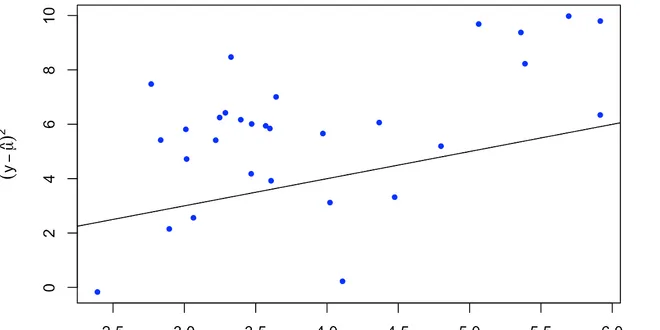
Adjust for Overdispersion in Poisson Regression
The Poisson regression model naturally arises when we want to model the average number of occurrences per unit of time or space. For example, the incidence of rare cancer, the number of car crossing…
📚 Read more at Towards Data Science🔎 Find similar documents
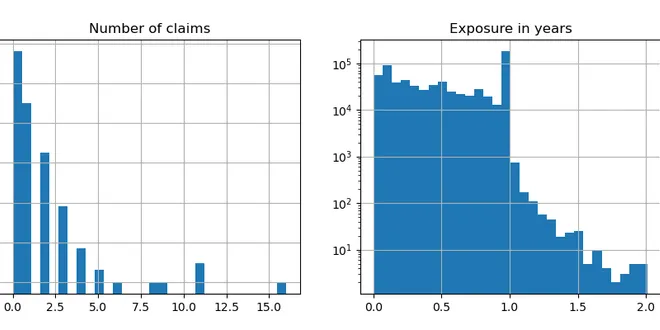
Poisson regression and non-normal loss
Poisson regression and non-normal loss This example illustrates the use of log-linear Poisson regression on the French Motor Third-Party Liability Claims dataset from 1 and compares it with a linear m...
📚 Read more at Scikit-learn Examples🔎 Find similar documents

Generalized Poisson Regression for Real World Datasets
Generalized Poisson Regression models are useful for modeling counts based data sets that are either under-dispersed or over-dispersed i.e. they do not obey the variance equal to mean requirement impo...
📚 Read more at Towards Data Science🔎 Find similar documents
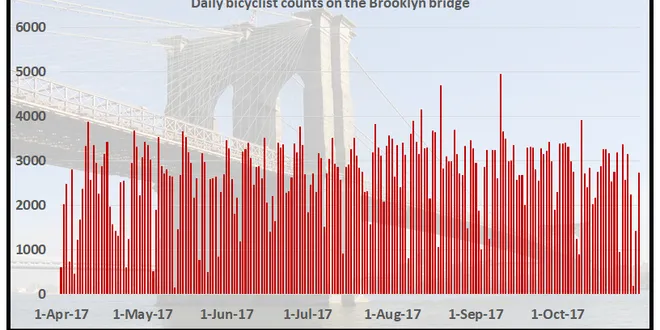
An Illustrated Guide to the Poisson Regression Model
An Illustrated Guide to the Poisson Regression Model and a tutorial on Poisson regression using Python
📚 Read more at Towards Data Science🔎 Find similar documents
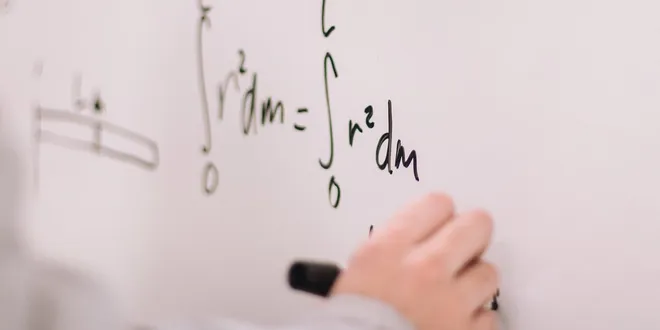
Poisson Regression and Generalised Linear Models
Linear Regression is the first algorithm most Data Scientists begin their journey with. It is an intiuative and easily implemented and visualised model for continous data. The second most learned…
📚 Read more at Towards Data Science🔎 Find similar documents
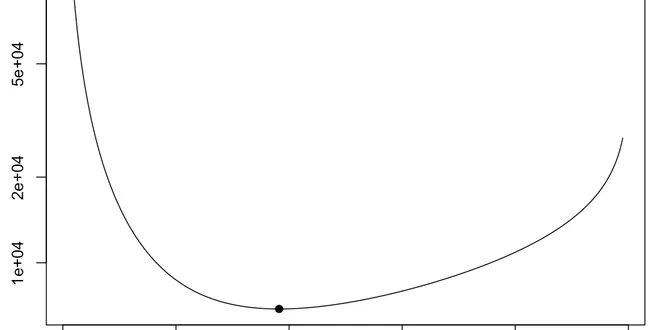
Tweedie regression, or Poisson-Gamma regressions ?
Yesterday, I was chating with a young and enthousiastic actuary, who asked a nice (and classical) question: is it the same, or not to use a Tweedie regression, or two regressions (Poisson, and Gamma)....
📚 Read more at R-bloggers🔎 Find similar documents

Poisson Regression Models for Time Series Data Sets
Learn how to build Poisson and Poisson-like models for time series data sets of counts based data, using Python and Statsmodels
📚 Read more at Towards Data Science🔎 Find similar documents
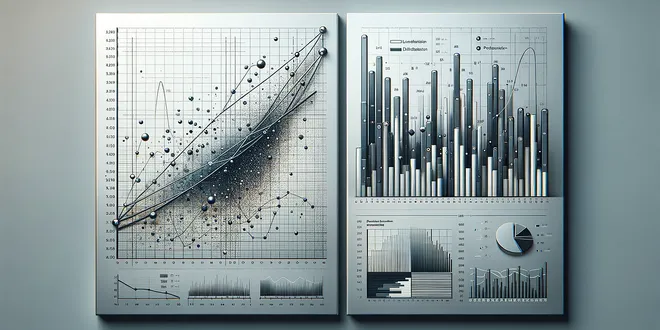
Linear Regression versus Poisson Regression
Machine Learning and Linear Regression Perhaps the first machine learning algorithm that we all learn, the linear regression algorithm is surely one of the most fundamental and heavily used techniques...
📚 Read more at Python in Plain English🔎 Find similar documents

The Poisson distribution: From basic probability theory to regression models
Brief introduction to the Poisson distribution for modeling count data using the distributions3 package. The distribution is illustrated using the number of goals scored at the 2018 FIFA World Cup, su...
📚 Read more at R-bloggers🔎 Find similar documents
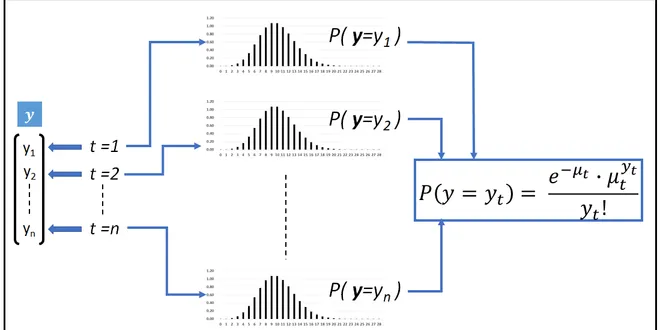
The Poisson Hidden Markov Model for Time Series Regression
A Poisson Hidden Markov Model uses a mixture of two random processes, a Poisson process and a discrete Markov process, to represent whole numbered time series data.
📚 Read more at Towards Data Science🔎 Find similar documents

Poisson Regression in R
Regression is a vast world. We can do several types of regression analysis depending on the data type. We have covered logistic regression in detail in the previous articles. In this article, I will…
📚 Read more at Towards Data Science🔎 Find similar documents
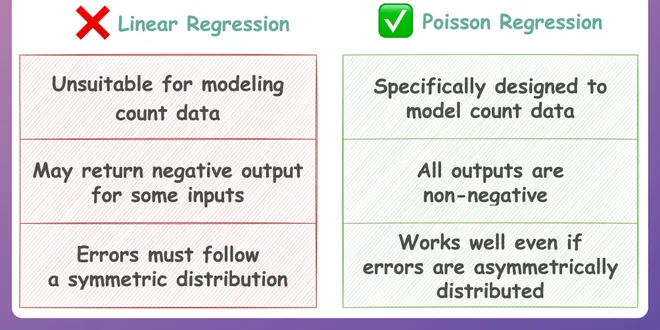
Poisson Regression: The Robust Extension of Linear Regression
Linear regression comes with its own set of challenges/assumptions. For instance: After modeling, the output can be negative for some inputs. But this may not make sense at times — predicting the numb...
📚 Read more at Daily Dose of Data Science🔎 Find similar documents

